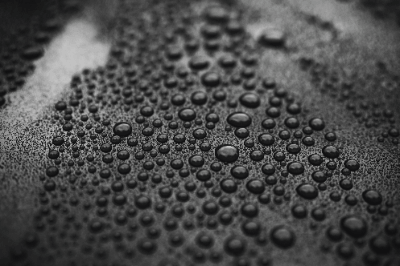What Is a Ceramic Coating Agent?
 Ceramic coating agents are coating materials made of fine ceramics without any organic materials.
Ceramic coating agents are coating materials made of fine ceramics without any organic materials.
Ceramic coatings are applied as a surface treatment to protect car and truck bodies and light fixtures.
They are also used as surface treatment agents for cooking equipment and other high-temperature equipment jigs because of their high heat resistance temperature.
With the recent increase in environmental needs, ceramic coatings are attracting attention as an environmentally friendly coating agent.
Applications of Ceramic Coatings
Ceramic coatings are used as surface treatments for car and truck bodies, to protect light fixtures, and as surface treatments (coatings) for cooking equipment and other high-temperature equipment jigs.
Ceramic coatings are characterized by the high level of sliding, non-adhesiveness, and abrasion resistance.
Increasingly, ceramic coatings are being used as surface treatment agents for cooking equipment and other high-temperature equipment jigs and fixtures to take advantage of the aforementioned functions.
- Surface treatment of baking tray plates for home ovens
- Surface treatment to prevent sticking when baking with pastry molds
- Food molds: Shortening baking time by improving thermal conductivity
Principle of Ceramic Coating Agents
Ceramic coatings consist of fine ceramics as raw materials without any organic materials.
Ceramic coatings are characterized by the high level of sliding, non-adhesiveness, and abrasion resistance, and their high heat resistance temperature (450°C) allows them to be used in environments where fluoropolymer coatings cannot.
In many cases, it is used as a surface treatment agent for cooking equipment and jigs for other high-temperature facilities, taking advantage of its heat-resistant characteristics mentioned above.
Since it can be re-coated, it is also used as a surface treatment to protect car and truck bodies and light fixtures, and then maintained on a regular basis.
Advantages and disadvantages are as follows:
Advantage: The maximum film hardness is theoretically 9H, so has very high scratch resistance.
Disadvantage: Although it has high abrasion resistance and a long service life, the cost of installation is high.